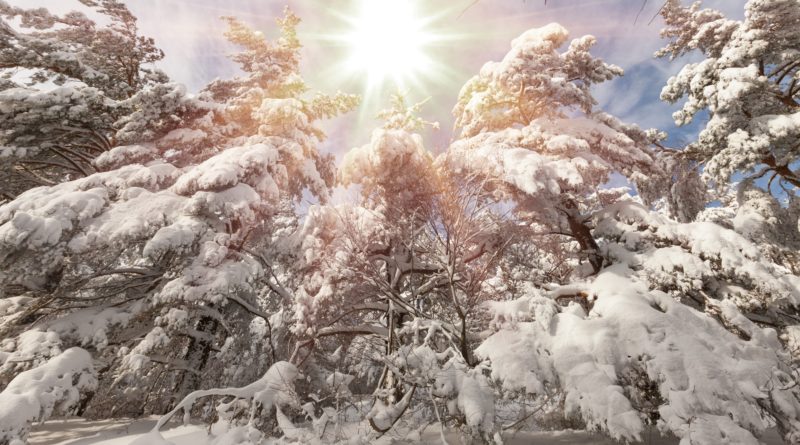What is the Winter Solstice?
1,500 total views, 1 views today
As the year draws to an end, the days get colder and nighttime begins earlier – or does it? For a small number of days at the end of every December, there are fewer nighttime hours than in the preceding days. That’s due to the winter solstice, which marks the official start of winter. What is the winter solstice, and how does it affect the number of daylight hours? Learn all about it below.
What is the winter solstice?
During the winter solstice, also known as the December solstice, Earth is at a unique point in its orbit. At this point, the sun remains below the North Pole horizon, the farthest south it ever dips. The day of the solstice thus has fewer daytime hours and more nighttime hours than any other day of the year.
Every day between the summer solstice and the winter solstice has fewer daytime hours than the day preceding it, with the winter solstice representing an all-year low in daytime hours. However, after the winter solstice, each day begins to slowly include more daytime hours than the one before, explaining the small number of late December days that boast fewer nighttime hours than the rest of the month.
When is the winter solstice?
Although some parts of the planet experience daylight while others experience nighttime, the winter solstice occurs at the same time everywhere. Whether the sun is shining or the moon is out, the solstice occurs exactly when the sun reaches its most southern point of the year on the sky’s dome. In 2019, the winter solstice will take place on December 21 at 11:19 p.m. EST.
How does the winter solstice affect the weather?
Since the winter solstice is the shortest day of the year, some people might assume that it brings the year’s coldest temperatures. This isn’t always the case. Generally, the winter solstice actually precedes the year’s coldest temperatures, which tend to occur in January or February.
This delay occurs in part because the Earth’s oceans, which comprise 71 of its surface area, absorb a massive quantity of solar energy and release it as heat gradually over time. Thus, the minimal amount of sunlight experienced around the winter solstice doesn’t result in colder temperatures until months after the winter solstice. This phenomenon likewise explains why, despite the summer solstice occurring in June, the year’s hottest months are July and August.
What cultural significance does the winter solstice have?
The winter solstice marks the transition from autumn to winter. However, since the solstice is just a momentary phenomenon, it may seem difficult to ascribe significant meaning to the occasion beyond its climate effects. Some cultures, though, have found a way.
Early pagan societies, for example, performed sacrificial rituals to welcome back the light and increase their food supplies. That’s because, to them, the winter solstice signified the arrival of weather conditions that would dramatically dwindle their food supplies. Additionally, in Ancient Rome, societal roles were reversed to celebrate the arrival of the solstice, with slaves commanding masters rather than the usual arrangement. These traditions manifested in a celebration known as Saturnalia, some features of which remain part of modern Christmas.
What will you do to celebrate the year’s shortest day? Sound off in the comments!

